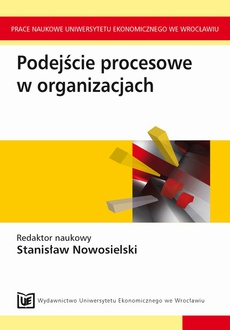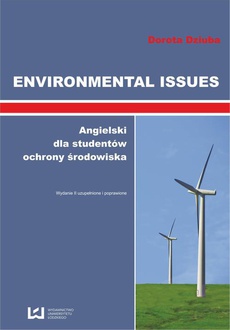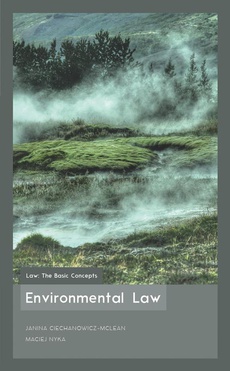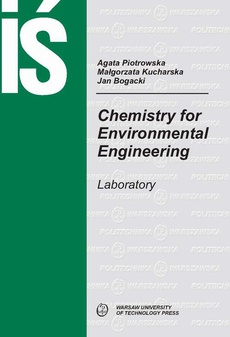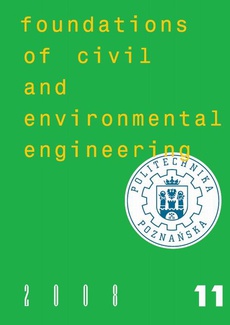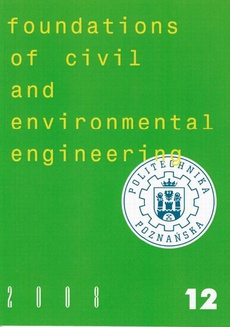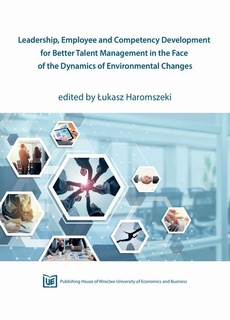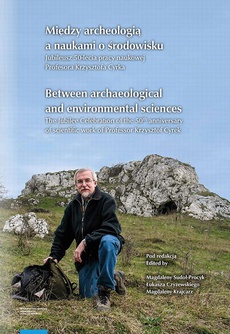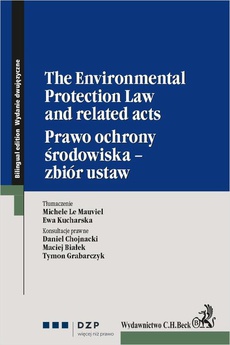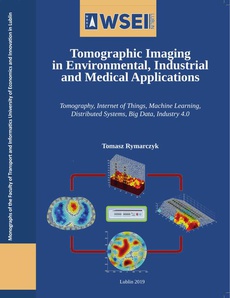POLECAMY
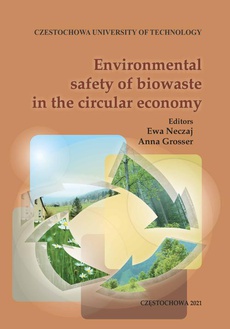
Environmental safety of biowaste in the circural economy
Redakcja:
Wydawca:
Format:
ibuk
The book deals with a very important element of the circular economy related to sustainable management of biodegradable waste. According to World Bank by 2050, the human population is estimated to increase more than 9 billion; meanwhile, energy demand is expected to almost double, and the demand for water and food is expected to increase by about 60%. It is also obvious that the amount of biodegradable waste will grow in th coming years, and it will become a global problem and need to change in the organic waste management system. If not properly handled, the large volume of biodegradable waste may deteriorate air, water, and soil quality, resulting in significant impacts to food, energy, and water supplies. However, waste also poses a great opportunity as feedstock for renewable energy generation and production of value-added products Thus, reuse and treatment of biodegradable waste play an essential role in the food-energy-water nexus. The individual chapters of the book are aimed at the importance of biowaste and other biodegradable waste in a circular economy, taking into account environmental aspects (e.g. toxicity, organic carbon sequestration, LCA). This book will serve as a useful resource for environmental engineers, biotechnologists, researchers, and students studying organic waste processes, as well as operators of a wastewater and organic waste treatment plants. We strongly hope that readers enjoy reading this book and find it of very use.
| Rok wydania | 2021 |
|---|---|
| Liczba stron | 284 |
| Kategoria | Publikacje darmowe |
| Wydawca | Politechnika Częstochowska |
| ISBN-13 | 978-83-7193-851-1 |
| Numer wydania | 1 |
| Język publikacji | angielski |
| Informacja o sprzedawcy | ePWN sp. z o.o. |
Ciekawe propozycje
Environmental Issues. Angielski dla...
do koszyka
Environmental Law
do koszyka
Między archeologią a naukami o...
do koszyka
Tomographic imaging in environmental,...
do koszyka
Spis treści
| Preface | |
| Chapter | 1 |
| Identification of organic and inorganic contaminants presented in sewage sludge and biowaste | |
| Monika GAŁWA-WIDERA | |
| Chapter | 2 |
| Analysis of the suitability of currently used methods for assessing the toxicity of contaminants found in sewage sludge and biowaste | |
| Katarzyna CYGNAROWSKA | |
| Chapter | 3 |
| Targeted recovery of energy and matter: review of technologies for the recovery of matter from biowaste sewage sludge | |
| Ewa SIEDLECKA | |
| Chapter | 4 |
| Review of technologies for the recovery of energy from sewage sludge/biowaste | |
| Ewa OKONIEWSKA | |
| Chapter | 5 |
| Creation of a systematic, descriptive review of the main sewage sludge/biowaste processing technologies | |
| Katarzyna WYSTALSKA | |
| Chapter | 6 |
| Improvement of biowaste management by identifying and promoting the best available technologies and practices | |
| Rafał NOWAK | |
| Chapter | 7 |
| Identification, quantification and prioritization of technological solutions from the point of view of environmental impact | |
| Elżbieta SPERCZYŃSKA | |
| Chapter | 8 |
| Identification of factors that may influence bioprocessing technology in the future | |
| Iwona DESKA | |
| Chapter | 9 |
| Evaluation of the effectiveness of currently used methods of identification of microorganisms in soils | |
| Urszula KĘPA, Ewa STAŃCZYK-MAZANEK | |
| Chapter | 10 |
| Determining the relationship between the properties | |
| of sewage sludge/biowaste introduced into soils and the level of microbiological activity of soils | |
| Beata BIEŃ | |
| Chapter | 11 |
| Identification of the main limitations related to the agricultural use | |
| of products from biowaste and products produced on their basis, | |
| the impact of processing technology on the occurrence of contaminants | |
| Beata KARWOWSKA | |
| Chapter | 12 |
| Influences of sewage sludge as a biowaste on the development of phytopathogens | |
| Dorota NOWAK | |
| Chapter | 13 |
| Collection of data on technologies for the production of sludge/biowaste products for agricultural applications | |
| Agnieszka POPENDA | |
| Chapter | 14 |
| Evaluation of the effectiveness and stability of assessment indicators and modelling of the degree of organic carbon sequestration of soil | |
| Krzysztof REĆKO | |
| Chapter | 15 |
| Assessment of the effectiveness of bioremediation of degraded areas | |
| with the use of stabilized sewage sludge and other biodegradable waste | |
| Anna JASIŃSKA, Małgorzata KACPRZAK | |
| Chapter | 16 |
| Circular economy guide | |
| Magdalena MADEŁA | |
| Chapter | 17 |
| Life cycle assessment (LCA) – application of the process | |
| Rafał NOWAK, Elżbieta SPERCZYŃSKA | |
| Chapter | 18 |
| Determination the criteria for selecting the best solutions for safe | |
| biowaste management in accordance with the requirements | |
| of closed-circular management, local market demand | |
| and the paradigm ‘waste or a resource’ | |
| Lidia WOLNY | |










